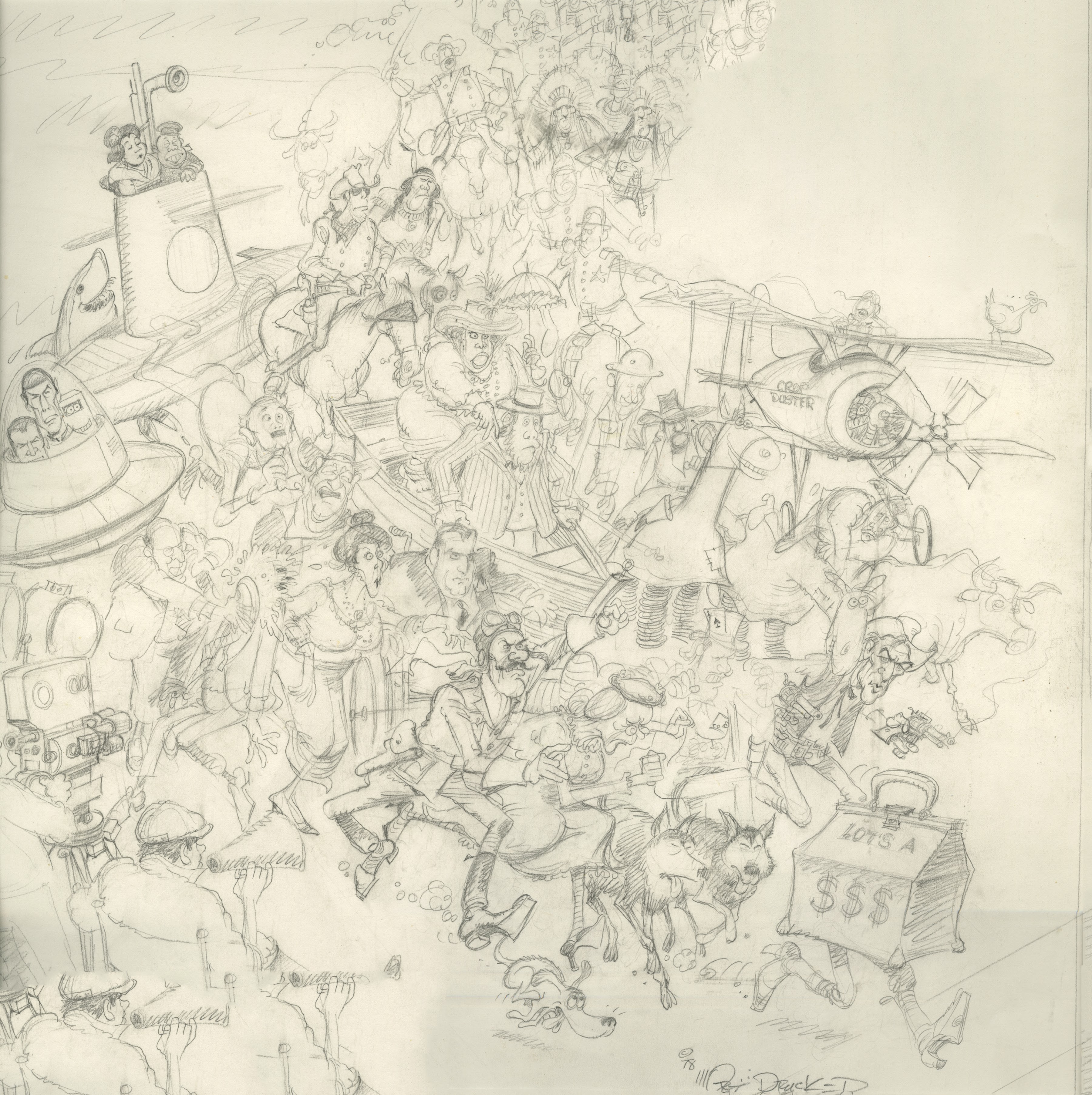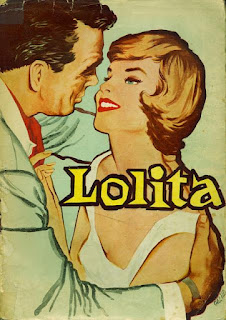The tail end of 2024 is jumping the fence.
 |
| Harold von Schmidt, detail from "Major Dawes Takes a Shortcut," 1934 |
There are thousands of paintings of riders in the night, and 99% of them portray the rider racing toward the viewer, or at least in profile. That's the established formula.
But von Schmidt takes the opposite approach. Here there's no onrushing horse, no dramatic face of the rider or his horse or even of his pursuers. Instead, the star of this painting is just the muscular butts on those escaping horses. Von Schmidt embellishes their power by showing horse tails and flapping coats.
Also, notice that von Schmidt doesn't employ melodramatic special effects, such as a spotlight from a convenient moon; when an artist controls value as well as von Schmidt, he doesn't need such devices.
A beautiful piece of work!
Here's wishing you a happy and healthy new year!
























































